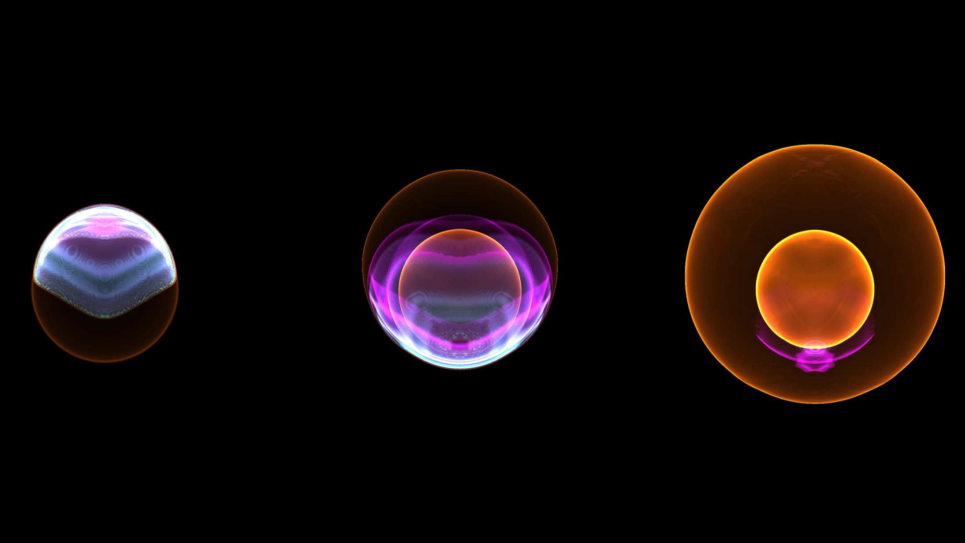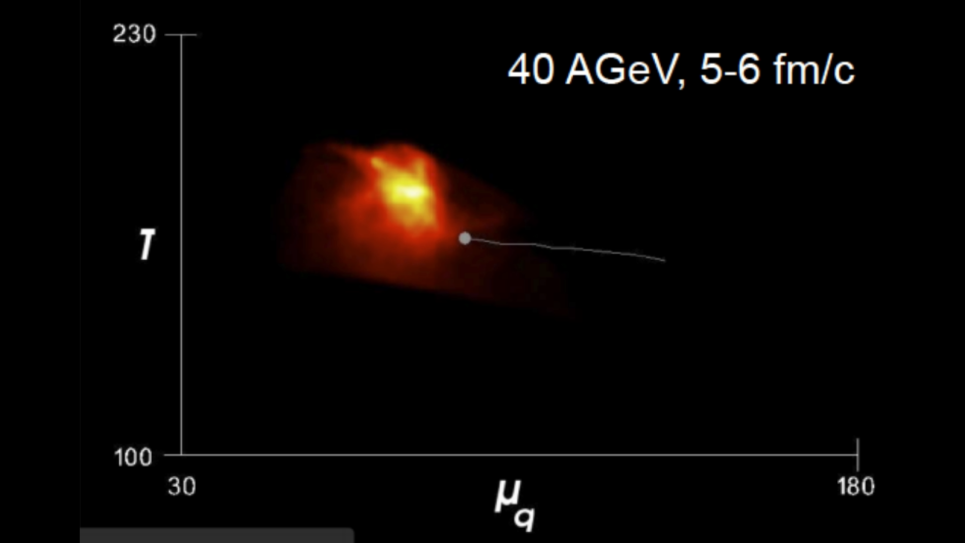This INCITE project aims to advance the priorities of the U.S. particle physics community by optimizing the output of the world’s two largest accelerator facilities: Fermilab and CERN. Researchers from Fermilab will combine large-scale multi-bunch simulations of wakefield effects with space charge for a computational approach that is unique in the field. The simulations will significantly advance the understanding of wakefields in accelerators, while also providing the most detailed comparisons of experimental results with high-fidelity simulations of space charge effects to date. Together, these results will advance particle physics and accelerator science.
Over the past year, the Particle Physics Project Prioritization Panel (P5) worked to put together a unified plan for the future of the U.S. high energy physics program. In their report, the panel identified three scientific drivers that require accelerator-based experiments (using the Higgs boson as a new tool for discovery, pursuing the physics associated with neutrino mass, and exploring the unknown through new particles and interactions). This INCITE project will support the P5 recommendations by simulating the physics of high-intensity beams in Fermilab and CERN accelerators.
In the U.S., the P5 report recommends that Fermilab direct its efforts to the newly christened Proton Improvement Plan-II, which will help researchers to better explore the properties of neutrinos. At CERN, the highest-priority accelerator-based project identified by the P5 report is the high-luminosity upgrade to the Large Hadron Collider, which will enable new experiments to explore the physics of the Higgs boson as well as search for new particles and interactions.

